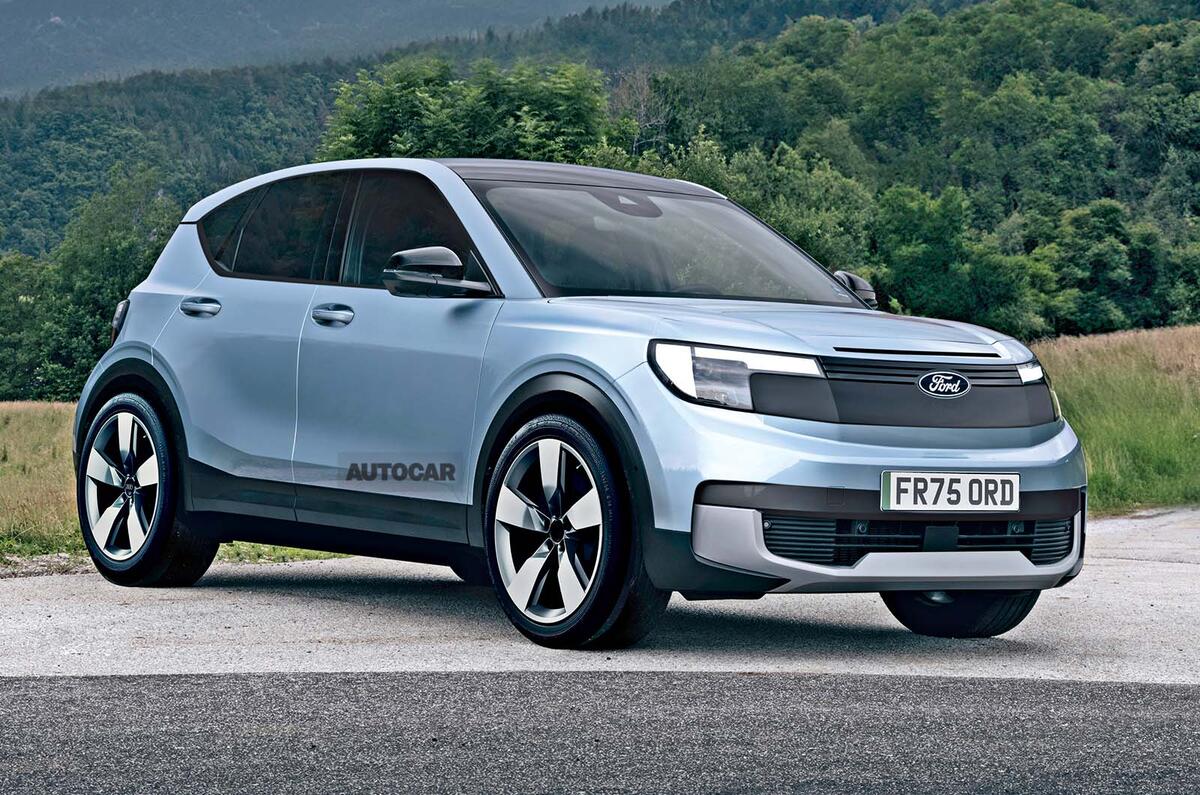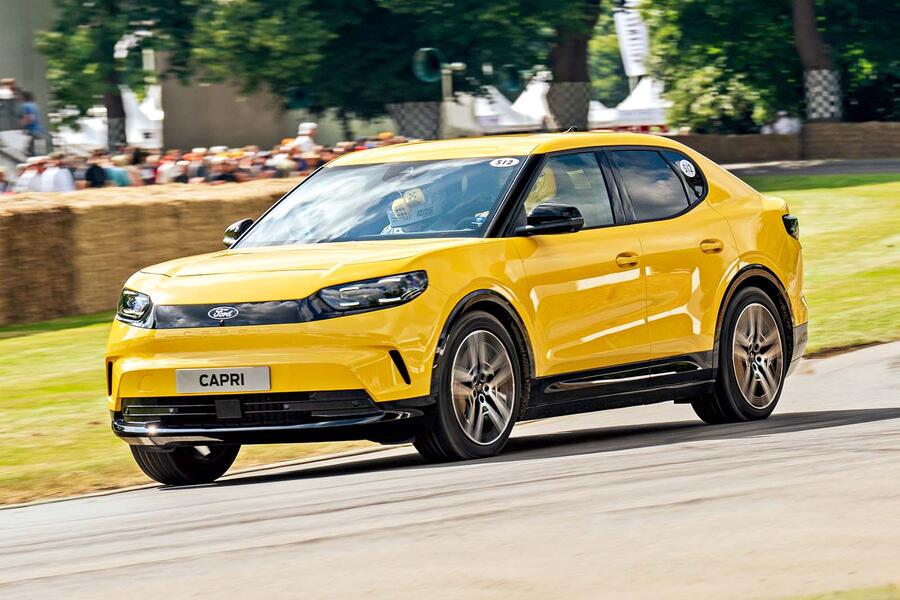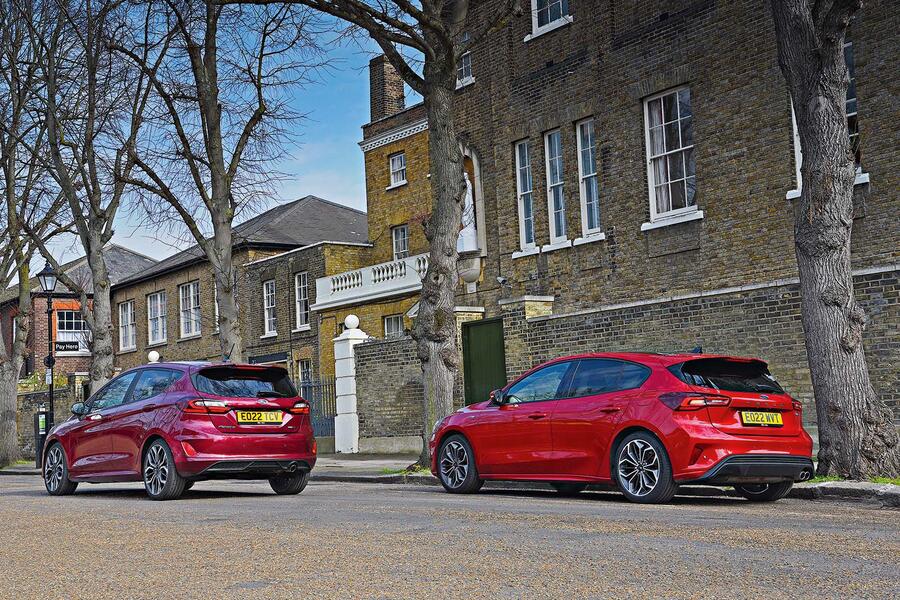A new range of smaller and more affordable electric Fords will be spawned from an upcoming ‘skunkworks’ architecture on which the firm aims to produce the world’s most efficient electric cars.
This new platform, the development of which is being led by a former Tesla engineer, could underpin spiritual successors to the Fiesta and Focus and a replacement for the Puma, as well as opening up the potential for other small cars from Ford.
The architecture programme is still in the engineering stages, yet it is the first concrete sign that Ford sees a way back to offering a whole suite of more affordable models underneath the new Explorer, Capri and Mustang Mach-E SUVs in addition to the Puma.
“We are spending a decent amount of time at the corporate level talking about affordability,” Marin Gjaja, chief operating officer of Ford’s Model E division, told Autocar recently.
“We know we need to do it and it’s a muscle we need to build up over time.
“If you look at our line-up globally, at this point we don’t really have much in the affordable segment. The key for us is to be affordable, differentiated and profitable. For too long we stayed in the affordable segment, either at break-even or losing money.
“The question is: how do you compete in that segment, especially if you have got a very low-cost manufacturing location like China pumping out affordable vehicles?
“That’s the dilemma. There’s no question that if we’re going to be a true mass brand, we want people to graduate to a vehicle like Explorer, but where do you start them? That’s what we’re doing in the US with an affordable platform, and there’s no reason why that platform wouldn’t be able to create products for Europe as well.”
The architecture would be used for an obvious replacement for the next Puma. That would inevitably be an electric model and serve as a replacement for the current Puma’s electric variant, which will join the range later this year.
The first car based on the new platform – which will be launched first in the US – will arrive in “late 2026 or early 2027”, said Gjaja.
The prospect of other models is theoretical at the moment, but Gjaja’s comments around affordability bring hope as well as expectation that the Puma will not be the sole Ford below the Explorer.
Given the Explorer is 4.5 metres long and starts at £40,000, there is plenty of room below it for the Puma to be joined by other models.











Join the debate
Add your comment
Where are FORD Europe going to end up in 5 years, another VW sub-brand, selling Stellantis clones or re-badged MG's?
I see the journalists favourite word in here - "could". There seems to be no guiding light from Ford on this at all. Having been through the pain of stepping back from wafer thin margin high volume work I very much doubt jumping back in will be a priority for this new electric tool kit
“We are spending a decent amount of time at the corporate level talking about affordability,” Marin Gjaja, chief operating officer of Ford’s Model E division, told Autocar recently.
Talking! You have to have quite serious concerns for the likes of Ford when they put people like this in what are very influential positions.
How does a company like Ford get it so wrong.
Mach E - disaster
Explorer, Capri - Redesigned Volkswagens, trading on nostalgia in their names, as it's the only weapon they have to compete with the Chinese
This - Tesla
Western manufacturers seem to be so blinded by the percieved threat of Chinese cars flooding western markets, they seemed to have almost convinced themselves they are out of the race.